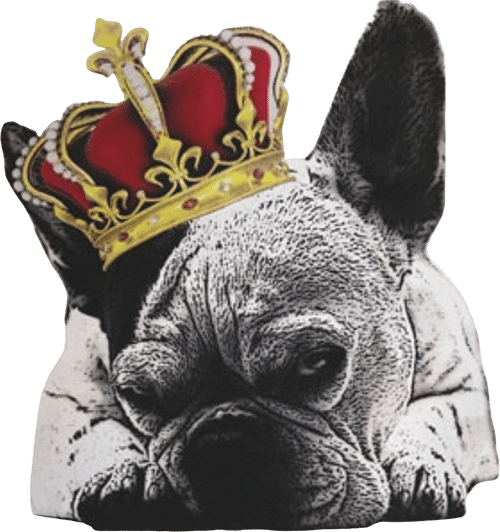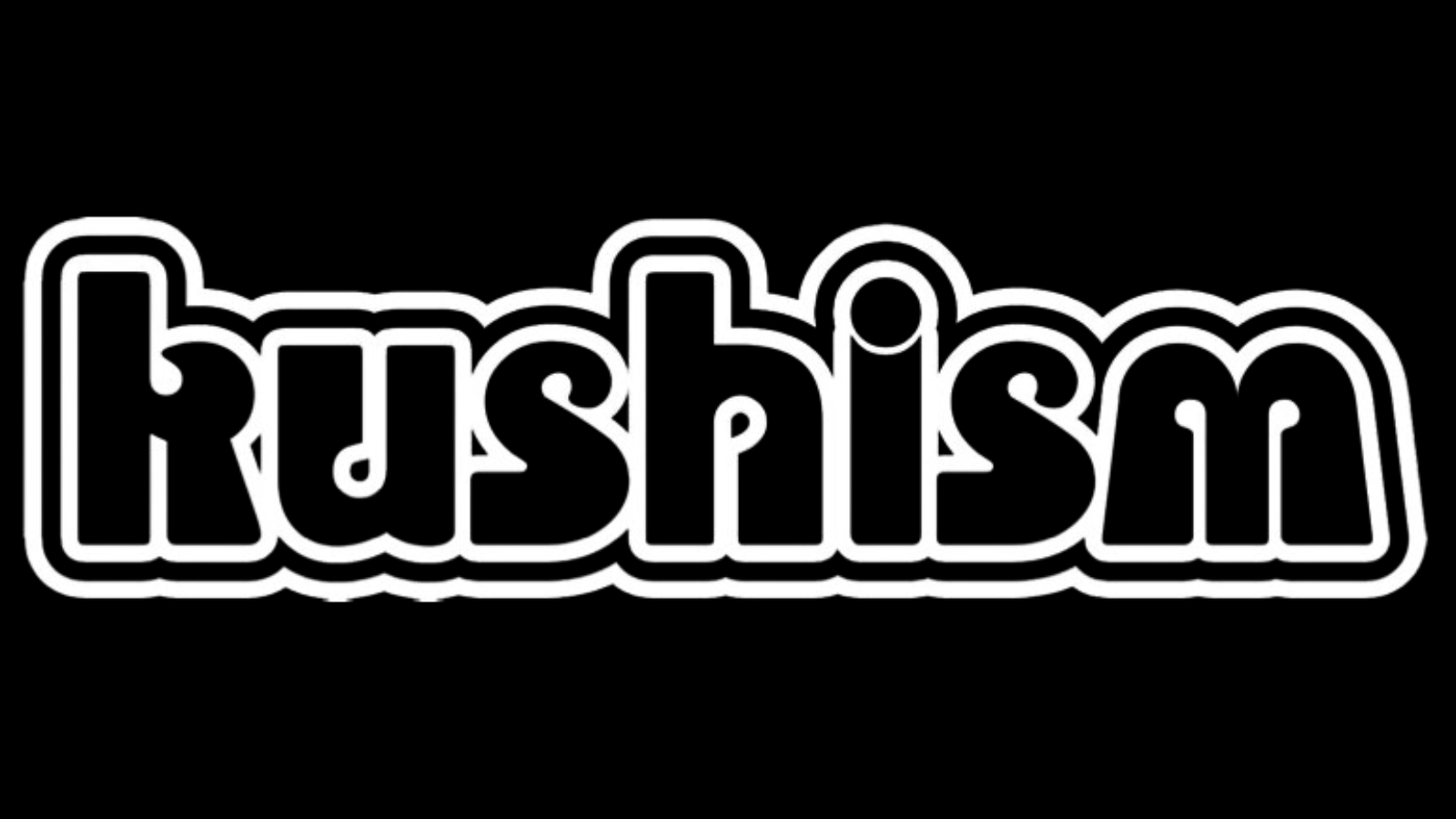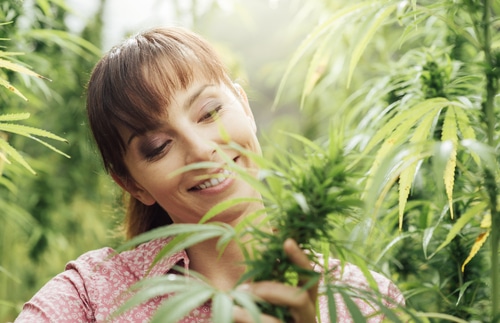People have been benefiting from the cannabis plant for a long time — more than 5,000 years, in fact. Yet, even after all this time, many people are still in the dark about what cannabis is, what it can do, and the long-debated hemp vs. cannabis issue.
This confusion is understandable. There are chemical differences, variances in use, and a lot of vocabulary attached to the issue. Still, consumers want and need to understand what they’re buying.
What Is Cannabis?
Cannabis is a plant that comes in several varieties. For consumer and grower purposes, the primary difference among varieties is in their resin content. The resin contains the chemicals THC and CBD, which provide the plant’s medicinal and recreational benefits.
There are many different varieties of cannabis. The distinction lies primarily in the concentration of THC and CBD within the plant. THC often gets the most attention because it’s “psychoactive,” meaning that it alters how people perceive the world.
Higher-THC strains of cannabis are often considered and marketed as “drug plants.” Those with low THC are called “hemp plants.”
What Is Hemp?
To be classified as a hemp plant, a cannabis strain has to contain no more than 0.3% THC. Also called “industrial hemp,” these plants are cultivated primarily for their fibers, and not the chemical properties of their flowers.
Their uses are primarily structural — textiles, building materials, and body care — but they may also be used as ingredients in food products like protein powder and hemp seed oil. Even as food, they do not act like drugs and are not treated as such.
Hemp vs Cannabis
The differences between hemp and cannabis can be grouped into two categories: structural and legal.
Structural Differences
Hemp and non-hemp cannabis plants can be almost identical in appearance, even indistinguishable to the casual observer. All cannabis plants belong to the hemp family or genus. Within that group, there are three species of cannabis: Sativa, Indica, and the lesser-known low-THC Ruderalis.
Some people confuse ruderalis with hemp because of its low THC concentrations, but those concentrations are still usually too high to classify a ruderalis plant as hemp. For that to happen, a hemp plant has to be cultivated as such.
Hemp plants are usually grown to be as large as possible. The bigger the plant is, the more fiber it produces. Cannabis growers, on the other hand, pay more attention to the development of the buds, where the CBD and THC are most concentrated.
Legal Differences
Non-hemp cannabis plants are classified by the United States federal government as controlled substances and are illegal at the federal level. Some states allow medical and recreational use of non-hemp cannabis plants, while others only allow prescription medical use.
The Take-Away
When people use the word “cannabis” in terms of growing or use, they’re usually referring to the non-hemp varieties that produce THC and CBD. People need to remember that hemp plants come from the same family as other cannabis varieties, even though hemp products won’t “get you high”, however some CBD products derived from hemp may be used to treat common ailments. Our helpful cannabis experts at Kushism can help clear up any questions you have about hemp, cannabis, and which products will deliver benefits.




